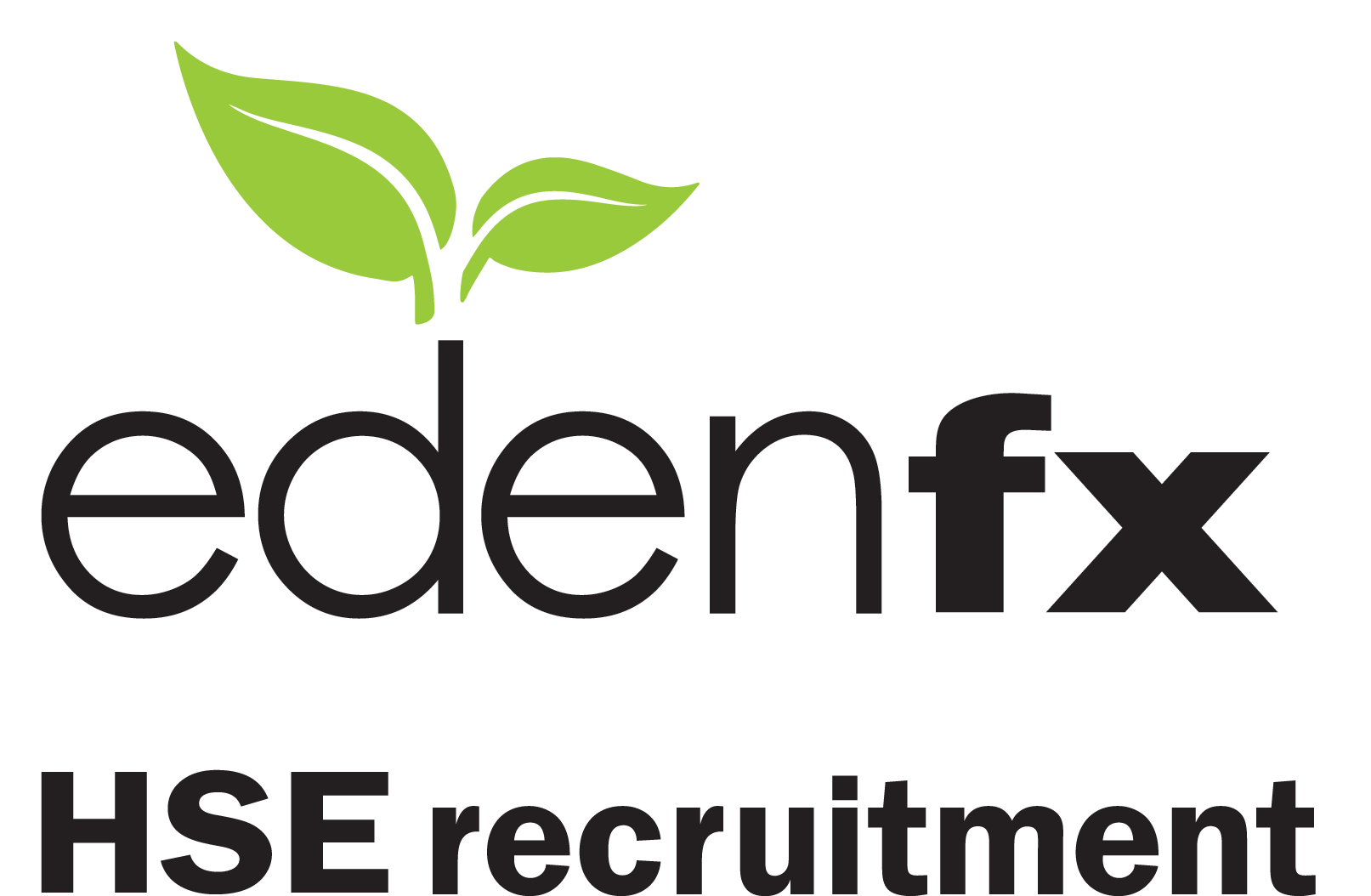
WorkSafe - time to rethink their training model
By NZISM Master account
27/09/2023
Kia ora koutou to all members and supporters. Last Thursday we received the announcement from WorkSafe that Phil Parkes, WorkSafe CEO, has resigned and will be finishing up with WorkSafe at the end of 2023.
This news came with the announcement that WorkSafe would be opening consultation with staff on an organisation change process. Included in the announcement was the following statement: “There is no proposed impact to our frontline inspectors and investigators. It remains WorkSafe’s intention to grow inspector numbers over the coming years, with more inspectors planned for later this year.”
For our inspectors, and all of us who work in health and safety, this will come as a huge relief. With the prospect of the inspectorate increasing over the coming years, we can only hope this also means a review of the training model utilised by WorkSafe.
For those of us focused on workforce development of the profession, the current cost and quality of WorkSafe inspector training has been an increasing concern. Given their roles are both educative and regulatory in nature, ensuring WorkSafe inspectors are qualified to the same level as the profession, with the addition of the regulatory and investigative specialties, would solve a whole lot of industry issues, namely:
- Ensuring the health and safety knowledge that inspectors are provided in their training aligns with that of the profession, enables them to stand alongside the health and safety professionals they engage, with the mana their roles deserve.
- It means when inspectors move on from WorkSafe, (and they do regardless of whether the regulator wants this to happen), they are appropriately qualified as health and safety professionals with specialist knowledge of the regulatory framework, as opposed to regulators with some health and safety knowledge.
- It ensures our struggling OHS tertiary education providers have a continuous stream of inspectors undertaking study in their programmes.
- It reduces the overall cost of delivering inspector training.
There is a real opportunity for WorkSafe to be working alongside other regulators such as CAA and Maritime NZ to deliver regulatory and investigative training across all their inspectors for a fraction of the cost and outsource the OHS education and qualifications to the tertiary providers who already deliver quality graduates.
This is something we have been lobbying WorkSafe on for a long time and it feels like the time is right for WorkSafe to consider implementing changes to the current inspectorate training model, especially if they are undertaking substantive organisational change and looking for non-personnel related cost savings across the business.
NZISM is actively working towards improving the system of workplace health and safety by growing the capability of the health and safety profession. Ultimately, we all want a regulator that is set up to be effective; to regulate, educate and engage workers and their organisations to reduce work related harm across Aotearoa.
Ngā mihi,
Selena
Selena Armstrong
NZISM CEO


